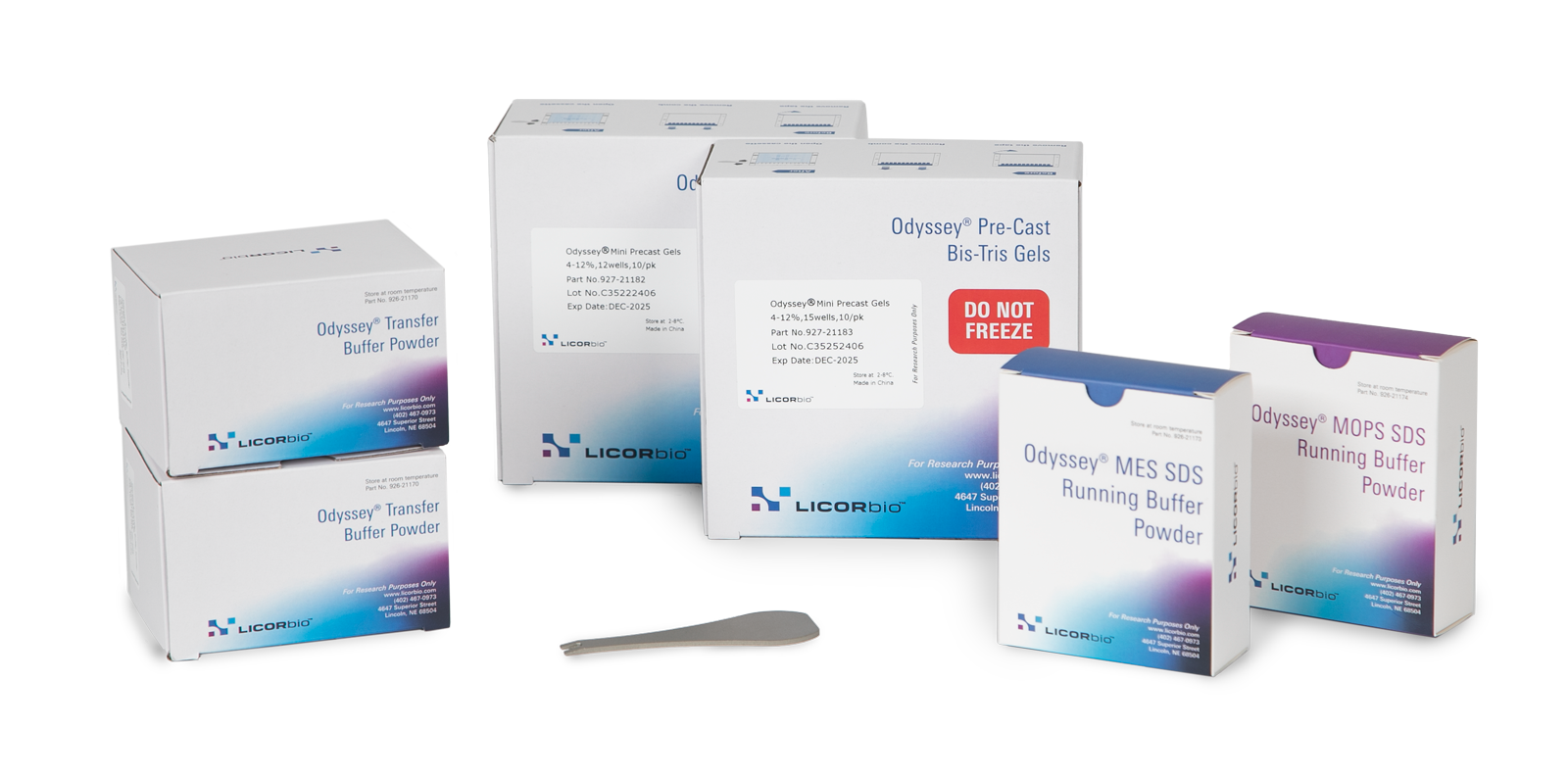Producing Better Quantitative Westerns
Publication Standards
We aren’t alone in encouraging more rigorous Western blots. Many journal editors and funding agencies have voiced their support for producing better Western blots that are more quantitative and more accurate. Part of their reasoning is to enable better replicability for exciting new breakthroughs. Another part is how research needs to be considered credible by both peer researchers and the public to foster support and funding.
“Although the quantitative use of Western blotting is now widespread, published articles often lack the details of how Western blot results were quantified and how biological replicates were compared to obtain statistics.”
Robust Data Save Time and Money
Scientific research is not for the sake of knowledge alone. We invest in scientific discovery, in part because we believe that one day something better will come of it. This is why the pharmaceutical and biotechnology industries rely so heavily on peer-reviewed published literature to find new ideas that might have wider application.
If you care enough to have your research built upon in the future, it is on you to make that research robust. If Western blots are a part of your research, being diligent about every experimental detail is imperative for other labs, clinics, and pharmacists who want to stand on your shoulders and take your discovery one step further. Improving research reliability ensures time and resources are spent validating robust data.
“Just because we can put numbers on an image does not imply that we should – a quantified biomolecule should relate directly to the true quantity of that biomolecule if it is to be meaningful.”
Constant Instead of Variable
To get the very best Western blots, it all comes down to reducing variability. An imaging system and detection chemistry that matches these characteristics are ideal:
- Stable and proportional signals, like those produced by fluorescence detection
- High sensitivity without saturation from a wide linear dynamic range (at least 4 logs)
- Able to adapt to different normalization strategies
- Capable of detecting multiple targets in the same lane simultaneously through multiplexing
- Accurate and precise data capture, for easier replication
- Compatible with software designed for Western blot analysis
“Likewise, the production of light generated from fluorophores detected in the infrared spectrum not only improves quantification and accuracy, but facilitates normalization and comparative analysis months to years later without a loss of signal if membrane imaging is desired for future analyses. Therefore, infrared imaging has the potential to dramatically improve the efficiency of western blotting methods.”
Get the Best Blots
Are your blots constant – or a constant source of worry? The best way to increase accuracy and replicability in your Western blots is to remove some variables from the equation. Each choice is a chance to reduce variability.
It may be easiest to start with how you compare blots and prepare them for publication. Choosing software designed specifically for analyzing Western blots makes your analysis reliable and effective.
Densitometry analysis sources of error
- Subtract Background
- Improper background subtraction
- Adjust Image Display
- Nonlinear image manipulation
- Quantify Band Intensities
- User bias selecting bands
Reduced variability with Empiria Studio® software analysis
- Subtract Background
- Patent-pending automatic background subtraction
- Adjust Image Display
- Changing brightness or contrast never affects raw data
- Quantify Band Intensities
- User bias selecting bands
Next, look at whether your signals are within the linear range of detection. This is affected by how you image your blots. Digital imaging is faster and much more consistent than exposing blots to film.
Film/other imagers sources of error
- Determine Linear Range
- Membrane saturation
- Film saturation
- Low sensitivity
- Capture Data
- Poor resolution due to binning
- Digitize Results
- Automatic gain control
Reduced variability with Odyssey® imaging
- Determine Linear Range
- Membrane saturation
- No detector saturation
- High sensitivity
- Capture Data
- No binning necessary
- Digitize Results
- Data already digital
Then move to your chemistry. No matter what chemistry you use, make sure to validate antibodies before running an experimental Western blot. While ECL detection will work with some optimization, your signals will be more proportional and consistent with stable near-infrared fluorescence detection.
ECL sources of error
- Block
- Blocker issues
- Primary Antibody
- Too much or not enough antibody
- Secondary Antibody
- Antibody cross-reactivity
- Varying substrate availability
- Unstable signal
Reduced variability with near-infrared fluorescence
- Block
- Blocker issues
- Primary Antibody
- Too much or not enough antibody
- Secondary Antibody
- Highly cross-adsorbed antibodies
- No substrate
- Stable signal
Finally, look at reducing sources of error in technique by choosing an appropriate loading control. Revert™ 700 Total Protein Stain is a good normalization strategy, because it has a wide linear range, high sensitivity, and the ability to correct for transfer errors without covalent modification of your target proteins.
Sources of error without normalizing
- Prepare Samples
- Sample handling
- Sample prep
- Load Gel
- Type of gel
- Pipetting error
- Transfer
- Transfer conditions
- Type of membrane
Reduced variability with a suitable loading control
- Prepare Samples
- Sample handling
- Sample prep variability accounted for
- Load Gel
- Type of gel
- Pipetting error corrected
- Transfer
- Transfer conditions normalized
- Type of membrane
What steps can you take today to improve your Western blot results?
LI-COR provides products, protocols, and support for Western blotting (and a range of other assays) that help reduce variability and increase replicability. Let us know how we can help you.
Get in TouchReferences
- Degasperi A, Birtwistle MR, Volinsky N, Rauch J, Kolch W, Kholodenko BN (2014) PLoS ONE 9(1): e87293. DOI: 10.1371/journal.pone.0087293.
- Janes KA. (2015) An analysis of critical factors for quantitative immunoblotting. Sci Signal. 8(371): rs2.
- Mathews ST, Plaisance EP, Kim T. (2009) Methods Mol Biol. 536:499-513. DOI: 10.1007/978-1-59745-542-8_51.
